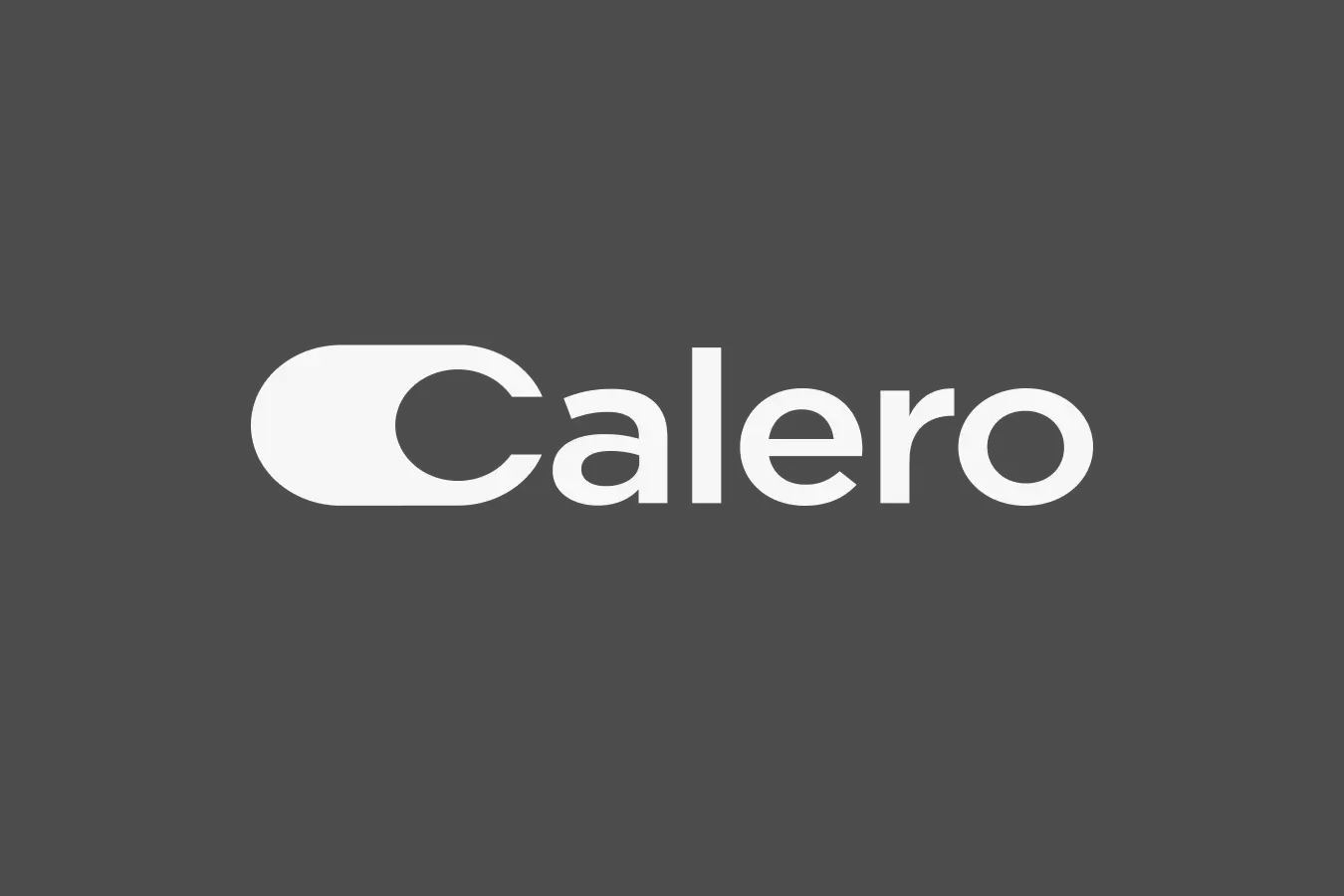Companies today spend a staggering amount on IT, technology and telecom services. Global spending on hardware, software, services and telecommunications is set to reach $4.8 trillion in 2023, according to the International Data Corporation (IDC).
Unfortunately, many organizations are not nearly as efficient with their technology and IT spending as they could be. Many enterprises often overspend by 30 percent – or more – on technology expenses. Luckily, technology expense management (TEM) alleviates such over-spending.
Technology RFP.
The first step is acknowledging the problem. Finding the exact right provider and solution, however, can be tricky.
Issuing a quality Request for Proposal (RFP) to prospective TEM providers is an ideal first step towards getting your IT, technology and telecom expenses in order and overcoming possible shortcomings with your previous provider. Alas, if only it was that easy. Crafting a detailed RFP is key to ensuring that you will select the best possible TEM provider and solution.
Whether this is your first or fifth time writing a TEM RFP, be sure to keep these 10 surefire tips in mind:
1) Clearly define your internal goals and objectives before you write the RFP.
Ultimately, what is the business hoping to achieve with a TEM solution? Before writing the content, ensure there is internal alignment both on the need for TEM and on how it helps the business. Not only should a wide variety of stakeholders, including finance, the C-suite, network engineers, etc., be aligned on need, but their requirements should be gathered and ultimately included in the final document.
2) List the business drivers, goals and expected outcomes you envision.
Once the entire organization has given input on the need for and expected benefits from TEM, it’s time to ensure they are clearly stated in the RFP. There should be no ambiguity whatsoever regarding why TEM is needed, what the company is expecting from it and how precisely it will help the organization. A prospective provider should be able to instantly determine your company’s needs, priorities, and pain points.
Also, it’s important to note in the RFP what’s essential versus what’s just nice to have. It should be clear what are the company’s priorities, although the “nice to have” features shouldn’t be neglected or ignored either.
3) Be extremely accurate when writing.
RFP’s should be written for a layperson and reflect precisely what your organization is looking for in responses. Write your RFPs in a way that allows you to clearly and accurately compare – and score – both the functionality and the availability of TEM software and/or managed services. Specifically let your prospective providers know exactly what level of managed services and support your business wants (if any) to support the TEM software.
4) Consider timings appropriately.
What software and managed services contracts are currently in place? When do they expire? When are budgetary and procurement decisions made? How much time will the team need to determine which TEM provider is best?
As much as possible, ensure that the TEM provider reviewing the RFP knows about your timelines and can align with them. Also, give your providers adequate time to respond so you get the most comprehensive responses possible.
5) Highlight what’s not working now.
Document the challenges you’re having with your current business processes and give the TEM provider room to explore how they might help you. This exercise can also help you pinpoint with greater accuracy what you really need from a TEM solution.
Also, are you considering a network transformation or similar major overhaul? If possible, document upcoming strategic initiatives in your RFP and ask for thought leadership.
And, if you can, document all your present IT, technology and telecom vendors, current spend and geographies. This will give potential TEM solution providers a better idea of both what you need and what expenses and relationships specifically they will need to manage.
6) Note expected results.
What precisely are you hoping to achieve from working with a particular TEM provider? Beyond higher level goals and business drivers, drill down into key performance indicators and other hard metrics. Can you identify whether you have achieved your savings targets to date and provide guidance to projected savings targets? A prospective TEM provider should be aware at the RFP stage precisely how they will be evaluated during an engagement.
7) What are the company’s future plans?
While there’s only so much detail you can – or would ever want to – include in an RFP about your company’s strategic initiatives, it can be helpful to bidding TEM providers to note any major plans on the horizon. Will new businesses likely be brought into the fold through a merger or acquisition? Is a divestiture probably coming up? Let your prospective TEM providers know, if possible, so they can provide you with guidance on how to support these events.
8) What are key vendor differentiators?
In this mature market, most TEM providers’ software already do the requisite basics of managing orders, inventory and invoices. What’s important are the nuances and subtle differentiators: how do they do what they do? What are their differentiating factors? Ask your prospective providers why they think they are different.
In the technical sections, consider Comply / Not Comply strategies. This will allow you to focus your RFP response reading time on more complex concepts.
9) Be ready for specific conversations later.
The RFP is just the beginning. It will just serve to give you an initial list of relevant, interested options. Expect to do due diligence with each prospective TEM provider. Set aside time to discuss your needs in depth with top respondents and ensure all relevant stakeholders can discuss their specific requirements and ask relevant questions.
Also, don’t issue blind RFPs to TEM providers. Engage with each provider on your list in advance so you can get more information and learn about offerings, capabilities, team members, etc.
10) While you prepare your RFP, consider undergoing an audit.
Audits are a great way to get a clear, baseline view of your TEM landscape, and generally, are all upside for the organization. They can deliver immediate cost savings and uncover opportunities for process improvements. Discuss an audit engagement with a prospective TEM provider.
Have an upcoming RFP that you would like Calero to respond to? Click here. Want help from our Strategic Services team to review your existing RFP? Happy to help. Contact us today.



